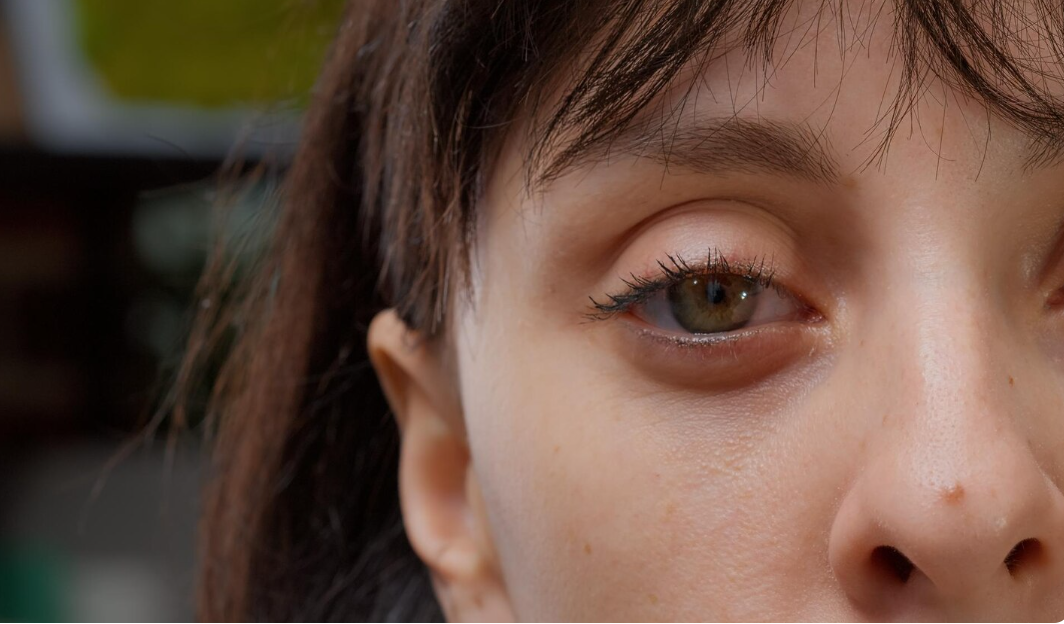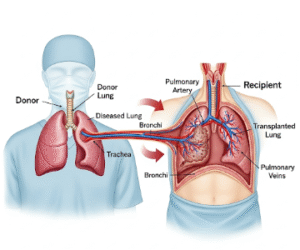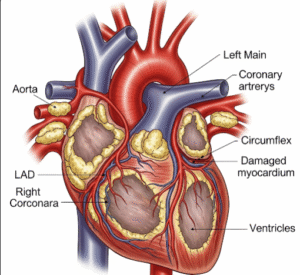Overview
Cataracts are one of the most common eye conditions, especially in older adults. A cataract occurs when the normally clear lens of the eye becomes cloudy, leading to blurry or dim vision. It is a leading cause of vision impairment and blindness worldwide, but it is treatable with surgery. In Korea, cataract diagnosis and treatment are highly advanced, with modern laser-assisted surgery, premium intraocular lenses (IOLs), and quick recovery procedures widely available.
What is Cataract?
A cataract is the clouding of the natural lens inside the eye, which lies behind the iris and pupil. This lens helps focus light onto the retina, allowing clear vision. With age, proteins in the lens clump together, causing cloudiness. Cataracts can affect one or both eyes and progress slowly over time.
Symptoms
- Blurred, cloudy, or dim vision
- Difficulty seeing at night or in low light
- Increased sensitivity to light and glare
- Halos around lights
- Fading or yellowing of colors
- Frequent changes in eyeglass or contact lens prescription
- Double vision in one eye (in some cases)
Causes
- Aging (most common cause)
- Long-term exposure to UV radiation
- Diabetes
- Smoking and alcohol use
- Eye injury or trauma
- Prolonged use of corticosteroid medications
- Previous eye surgery or radiation therapy
Risk Factors
- Age over 60
- Family history of cataracts
- Chronic diseases (like diabetes, hypertension)
- Excessive sunlight exposure without UV protection
- Smoking
- Obesity
- Poor nutrition (low antioxidants like vitamin C & E)
Complications
- Progressive vision loss
- Increased risk of falls and accidents
- Blindness if untreated
- Rare complications if cataract is left too long (lens-induced glaucoma, inflammation)
Prevention
- Wearing sunglasses with UV protection
- Eating a diet rich in fruits, vegetables, and antioxidants
- Avoiding smoking and excessive alcohol
- Managing chronic diseases (like diabetes)
- Regular eye check-ups after age 40
Treatment Options in Korea
Korea is one of the leading countries in advanced cataract surgery, offering quick, safe, and effective solutions.
1. Diagnosis
- Comprehensive eye exam with visual acuity test
- Slit-lamp examination
- Retinal exam
- Measurement of intraocular lens (IOL) power
2. Non-Surgical Treatment (Early Stage)
- New eyeglasses or stronger prescription lenses
- Brighter lighting for reading and daily activities
- Anti-glare sunglasses
- Magnifying lenses for reading
3. Surgical Treatment (Definitive Treatment)
Cataract surgery is the only way to restore clear vision once the cataract progresses significantly.
- Phacoemulsification (Phaco Surgery):
Most common method in Korea. Uses ultrasound waves to break up the cloudy lens, which is then replaced with a clear artificial intraocular lens (IOL). - Femtosecond Laser-Assisted Cataract Surgery (FLACS):
Advanced bladeless laser technique for higher precision and safety. - Premium IOL Options in Korea:
- Monofocal lenses (for distance or near vision)
- Multifocal lenses (for both near and far vision, reducing dependence on glasses)
- Toric lenses (for patients with astigmatism)
- Extended Depth of Focus (EDOF) lenses for sharper vision
4. Recovery in Korea
- Surgery usually takes less than 20 minutes.
- Most patients return home the same day.
- Recovery period: 1–2 weeks for basic activities; full vision stabilization in 1–3 months.













